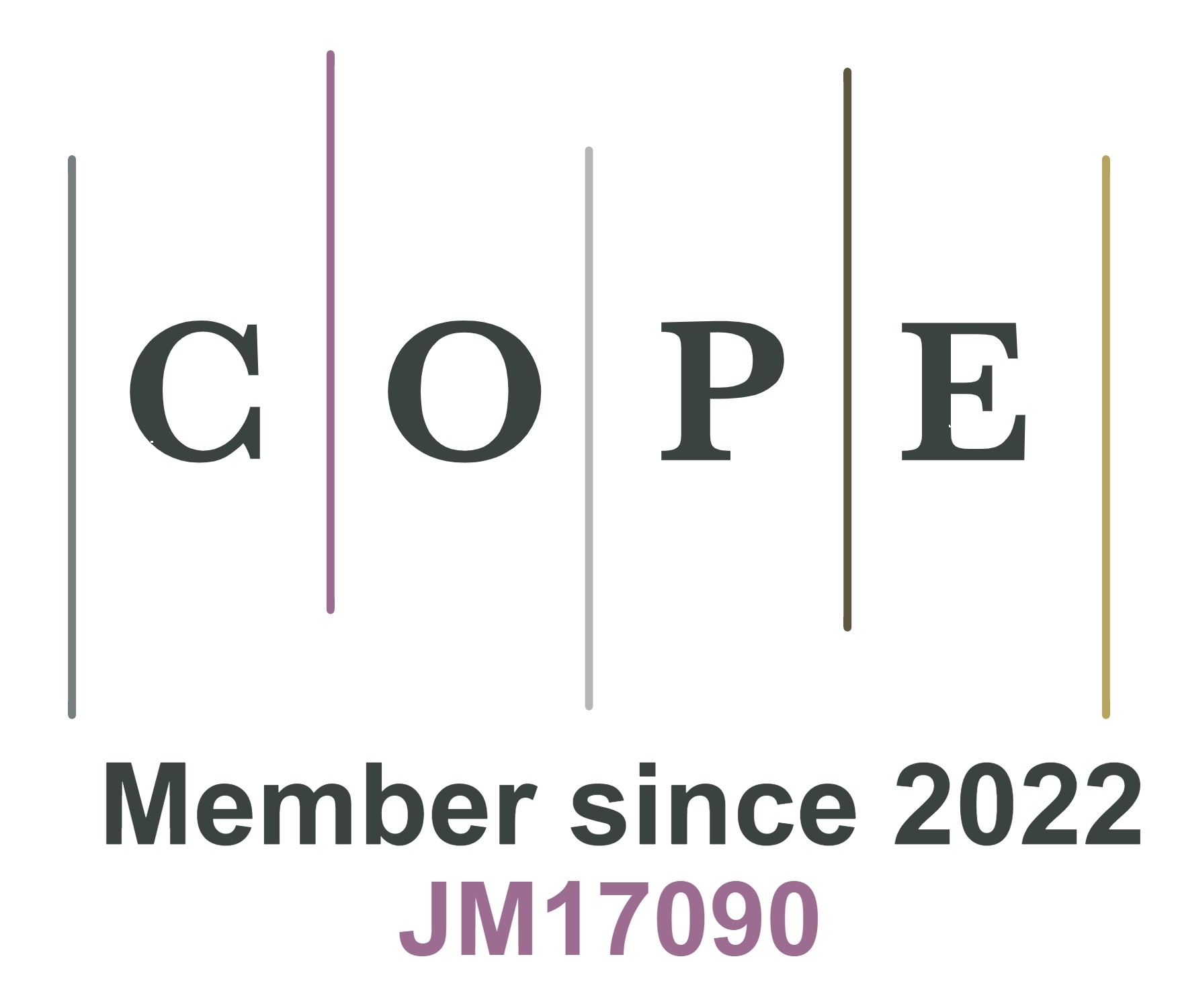Why is the new journal Soft Science needed?
Research on mechanically deformable, flexible, or stretchable (i.e., “soft” as a general term) materials and devices is a fast-growing field with numerous exciting new developments in fundamental science and emerging applications enabled by new materials, advanced fabrication processes, and novel device technologies. This soft materials and devices research has drastically impacted healthcare, medicine, robotics, space exploration, and the internet of things[1-3]. For example, soft e-skins can enable robots to achieve tactile sensation, and flexible wearables and implantables can help monitor the health of the human body[4-6].
The rising interest in soft materials and electronic devices research is also evidenced by the thousands of papers that have been published in this field, with an annual growth rate of ~20% over the past five years. These publications have also generated an unusually high impact. For example, a survey of recent papers on flexible electronics showed that these papers had contributed significantly to the impact factors of the journals in which they were published [Figure 1], although they make up no more than 10% of the total publication in any single journal [Figure 2].
Figure 1. Impact factors of representative journals and papers on flexible electronics published in these journals.
Figure 2. Publication of papers on flexible electronics as percentages of all published papers in representative journals.
It is envisioned that research on soft materials, devices, and systems will continue to thrive in the coming decades in both academia and industry. The already large, fast-growing community has called for specialized journals focusing on soft devices and systems research. In 2016, Nature Publishing Group launched npj Flexible Electronics, the first journal specializing in “flexible electronic systems, including plastic electronics and emerging materials, new device design and fabrication technologies”[7]. It received its first impact factor of 12.7 in 2021 and is expected to be a flagship journal for this emerging field. However, there exists no other journal specializing in soft devices and systems.
To better accommodate the needs of this fairly large and fast-growing community, we feel that it is very timely to launch such a specialized journal. We have therefore launched this new journal, Soft Science, which is aimed to become a high-profile and specialized platform that publishes high-quality papers on mechanically soft systems on a variety of scales, ranging from materials (e.g., hydrogels) to devices (e.g., flexible electronics) to functional systems (e.g., soft robotics). This journal has received its first batch of submissions, and six high-quality papers have been published in its first issue. These three reviews and three research articles cover flexible tactile sensors, wearable supercapacitors, elastomers, and organic/inorganic thermoelectric materials.
As the editorial team of a new journal, we promise to handle all the submitted papers very quickly so that a decision can be reached in a time much shorter than most of the other journals and published online within 24 h after acceptance.
DECLARATIONS
Author’s contributionsPreparation of the manuscript: Guo C, Yu C, Ren Z
Availability of data and materialsNot applicable.
Financial support and sponsorshipNone.
Conflicts of interestAll authors declared that there are no conflicts of interest.
Ethical approval and consent to participateNot applicable.
Consent for publicationNot applicable.
Copyright© The Author(s) 2021.
REFERENCES
1. Wang X, Liu Z, Zhang T. Flexible Sensing Electronics for wearable/attachable health monitoring. Small 2017;13:1602790.
4. Wang S, Xu J, Wang W, et al. Skin electronics from scalable fabrication of an intrinsically stretchable transistor array. Nature 2018;555:83-8.
6. Gao W, Ota H, Kiriya D, Takei K, Javey A. Flexible Electronics toward Wearable Sensing. Acc Chem Res 2019;52:523-33.
7. npj Flexible Electronics. Available from: https://www.nature.com/npjflexelectron/about. [Last accessed on 16 Aug 2021].
Cite This Article
How to Cite
Download Citation
Export Citation File:
Type of Import
Tips on Downloading Citation
Citation Manager File Format
Type of Import
Direct Import: When the Direct Import option is selected (the default state), a dialogue box will give you the option to Save or Open the downloaded citation data. Choosing Open will either launch your citation manager or give you a choice of applications with which to use the metadata. The Save option saves the file locally for later use.
Indirect Import: When the Indirect Import option is selected, the metadata is displayed and may be copied and pasted as needed.
About This Article
Copyright
Data & Comments
Data




















Comments
Comments must be written in English. Spam, offensive content, impersonation, and private information will not be permitted. If any comment is reported and identified as inappropriate content by OAE staff, the comment will be removed without notice. If you have any queries or need any help, please contact us at [email protected].